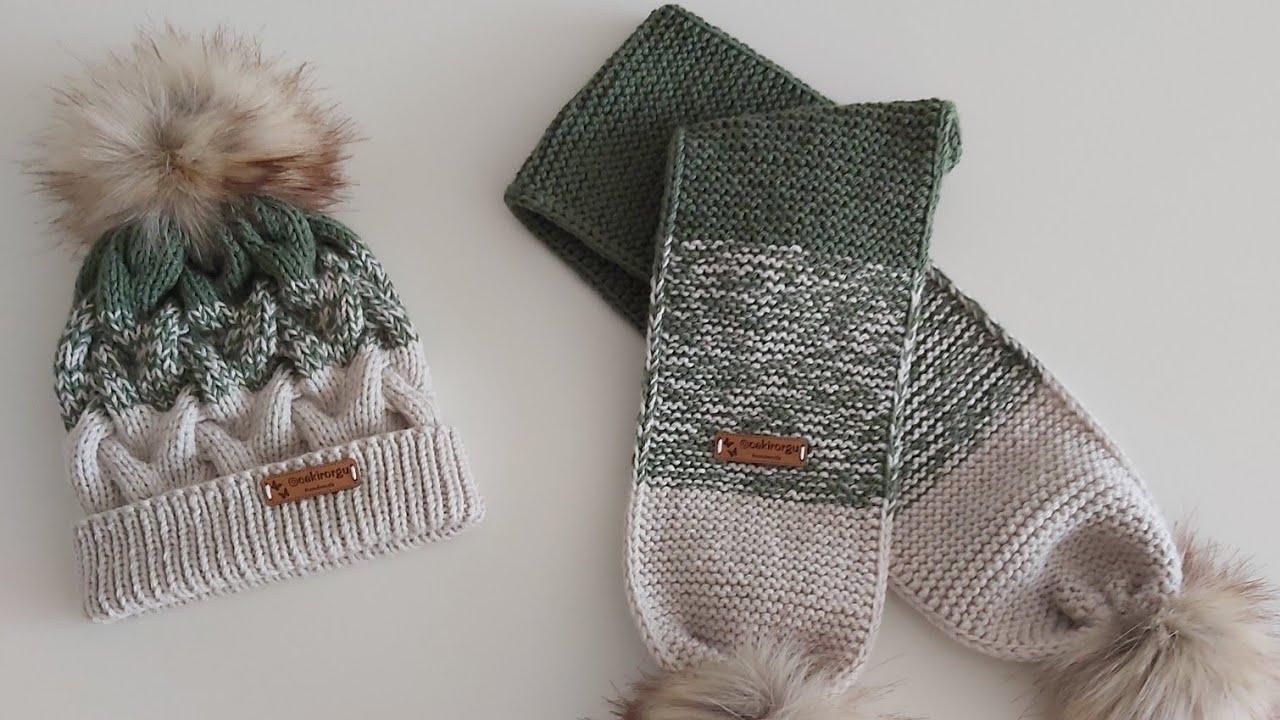The Art of Knitting Scarves: Techniques and Tips for Perfect Results

Scarves, an essential accessory for many, offer an excellent canvas for knitters to express creativity and skill. Whether you're a novice or an experienced knitter, crafting a scarf can be both a delightful and rewarding experience. Let's explore the intricacies of knitting scarves, including selecting the right yarn, choosing a pattern, and some tips for ensuring your project is a success.


Choosing the Right Yarn
The selection of yarn is critical in scarf knitting. Here are some factors to consider:
- Material: Wool is popular for its warmth and durability, while cotton offers a softer, lighter option. For a luxurious feel, consider alpaca or cashmere.
- Weight: The yarn's weight affects the scarf's thickness and warmth. Lighter weights are ideal for spring and autumn, whereas heavier yarns are best for winter.
- Color: Choose a color that complements the wearer's wardrobe. Variegated yarns can add a unique twist to a simple pattern.


Selecting a Pattern
- Skill Level: Beginners might start with a simple garter or stockinette stitch, while more advanced knitters can experiment with intricate cables or lace patterns.
- Scarf Style: Consider the style of the scarf. Do you prefer a long, wraparound scarf or a shorter, cowl-style?
- Pattern Resources: Online knitting communities and local yarn shops often have a plethora of patterns to choose from.

Knitting Techniques
- Casting On: This is the first step in knitting a scarf. The long-tail cast-on method is a versatile and sturdy choice.
- Basic Stitches: Mastering the knit and purl stitches is essential. These two stitches form the basis of many intricate patterns.
- Adding Texture: Techniques like ribbing, seed stitch, or moss stitch can add texture to your scarf without complicating the pattern too much.
- Binding Off: Ensure your scarf has a neat finish by binding off loosely, especially if the scarf has a stretchy pattern.



Tips for a Successful Scarf
- Gauge: Always knit a test swatch to check your gauge. This step is crucial for ensuring that the scarf is the desired width and length.
- Blocking: Blocking your finished scarf can improve its overall look, helping to even out stitches and define the pattern.
- Yarn Management: Avoid tangling by keeping your yarn in a bowl or bag as you knit.
- Fixing Mistakes: Learn how to recognize and fix common knitting errors, like dropped stitches, without having to unravel your work.


Knitting a scarf is more than just creating a piece of clothing; it's an expression of artistry and skill. By carefully selecting your yarn and pattern, mastering fundamental techniques, and following these tips, you can knit a scarf that's not only beautiful and functional but also a true reflection of your knitting prowess.

Remember, every stitch is a step in your knitting journey, and with each scarf, your skills will grow and evolve. Happy knitting!
